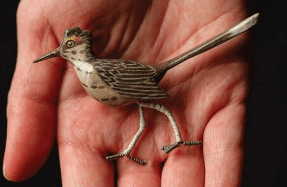AFTER THE FLAMES

THE STORY THAT TAKES PLACE after an acute disaster such as a fire or a flood is generally unglamorous, especially when compared with the adrenaline-charged heroics of fighting fires or rescuing people who are trapped or injured. In this era of catastrophe, we can always distract ourselves with the next fire, the next flood, the next tragedy — ride the crest of the drama without asking what happens in the years after a place burns.
But it’s important to understand how people can recover, too. After all, sifting through the wreckage, putting things back in order where possible, salvaging what still has value — these tasks are no less important, and in some ways require even greater mettle.
In 2014, the Carlton Complex Fire tore through Okanogan County, in north-central Washington. Hundreds of people were forced to evacuate, and more than 350 homes were destroyed. The flames were particularly destructive in the small town of Pateros, at the confluence of the Columbia and Methow rivers, where they reached into the very heart of the community, even destroying the town’s water towers.
Carlene Anderson lived in Pateros and had spent 17 seasons fighting fire. She had never seen such dangerous and intractable conditions. She remembered thinking, as she battled the flames of the Carlton Complex, “We are not going to contain this. We’re not going to be able to handle this.”
After the fire, she and her neighbors looked at the burned-up town and felt that they could never let this happen here again. Carlene’s mother lost her home, a rental property and an orchard down the valley. Several children in every grade were houseless, along with about one-fifth of the school district staff and one-third of the fire department. Many months would pass before the kids in town would stop “playing fire” — like playing house, except your house is burning down and you have to pack up and evacuate.
Eventually Carlene realized she had crossed over into a new sort of reality, where climate change stoked more dangerous and more frequent wildfires. They would all meet this
You’re reading a preview, subscribe to read more.
Start your free 30 days





